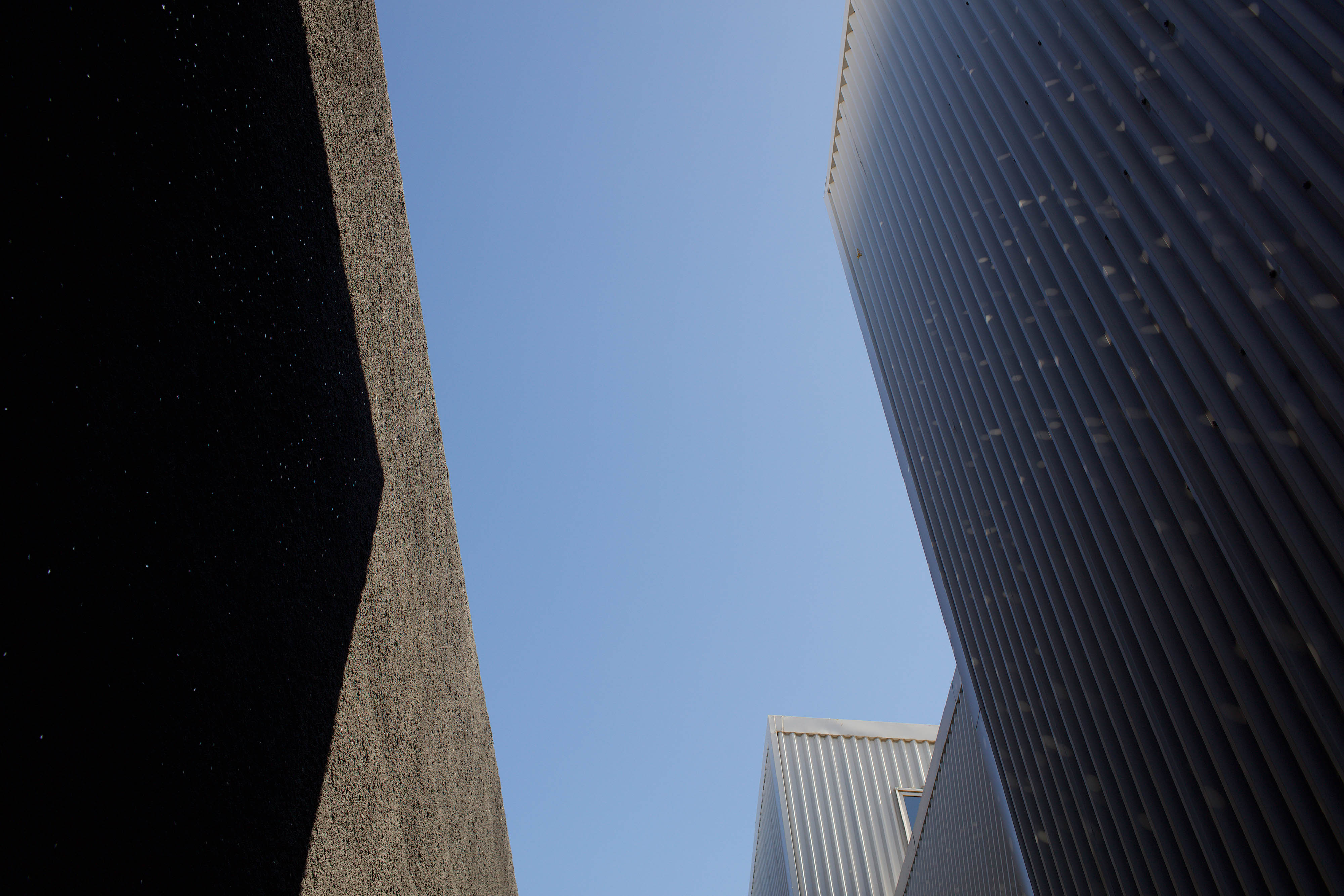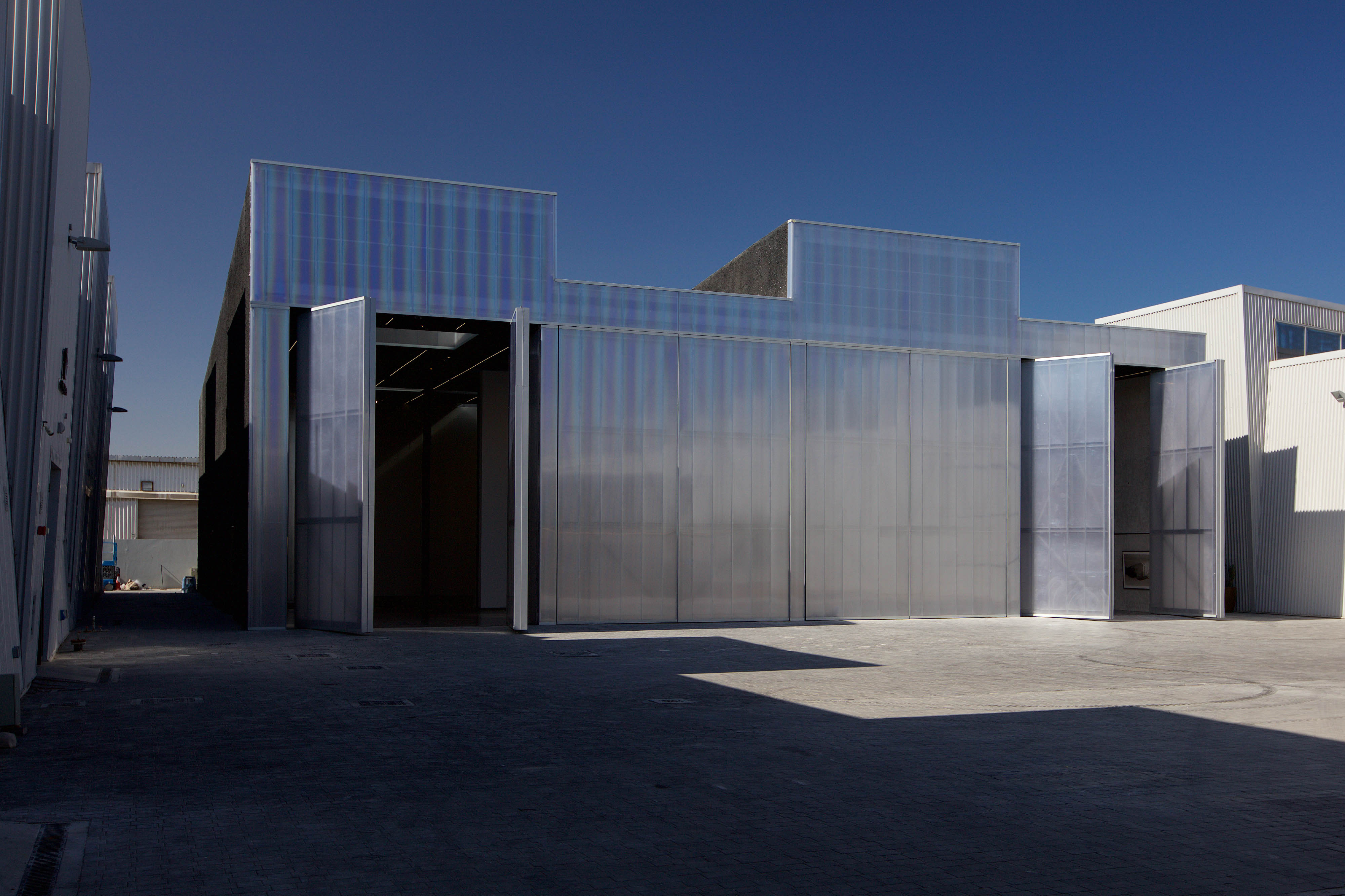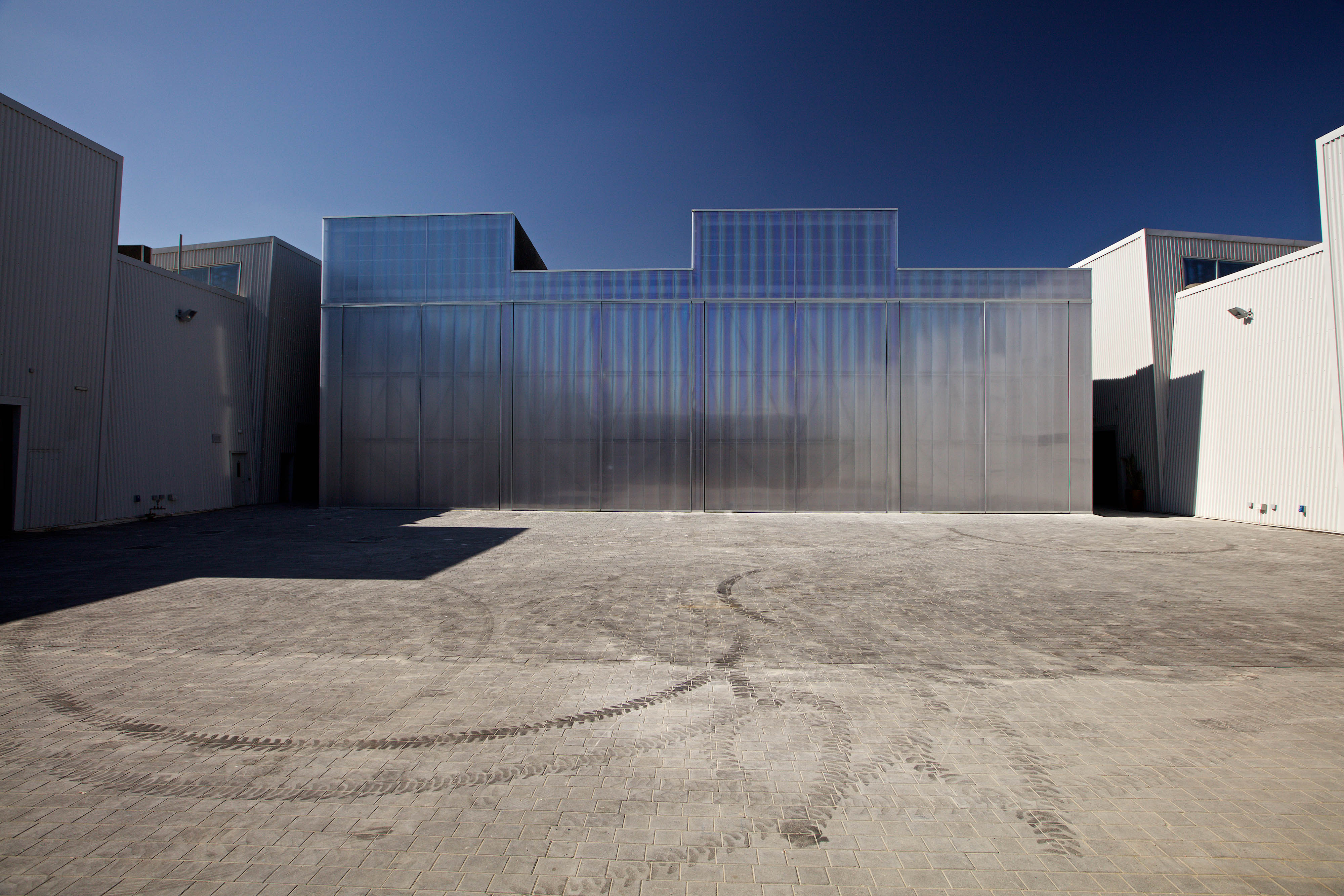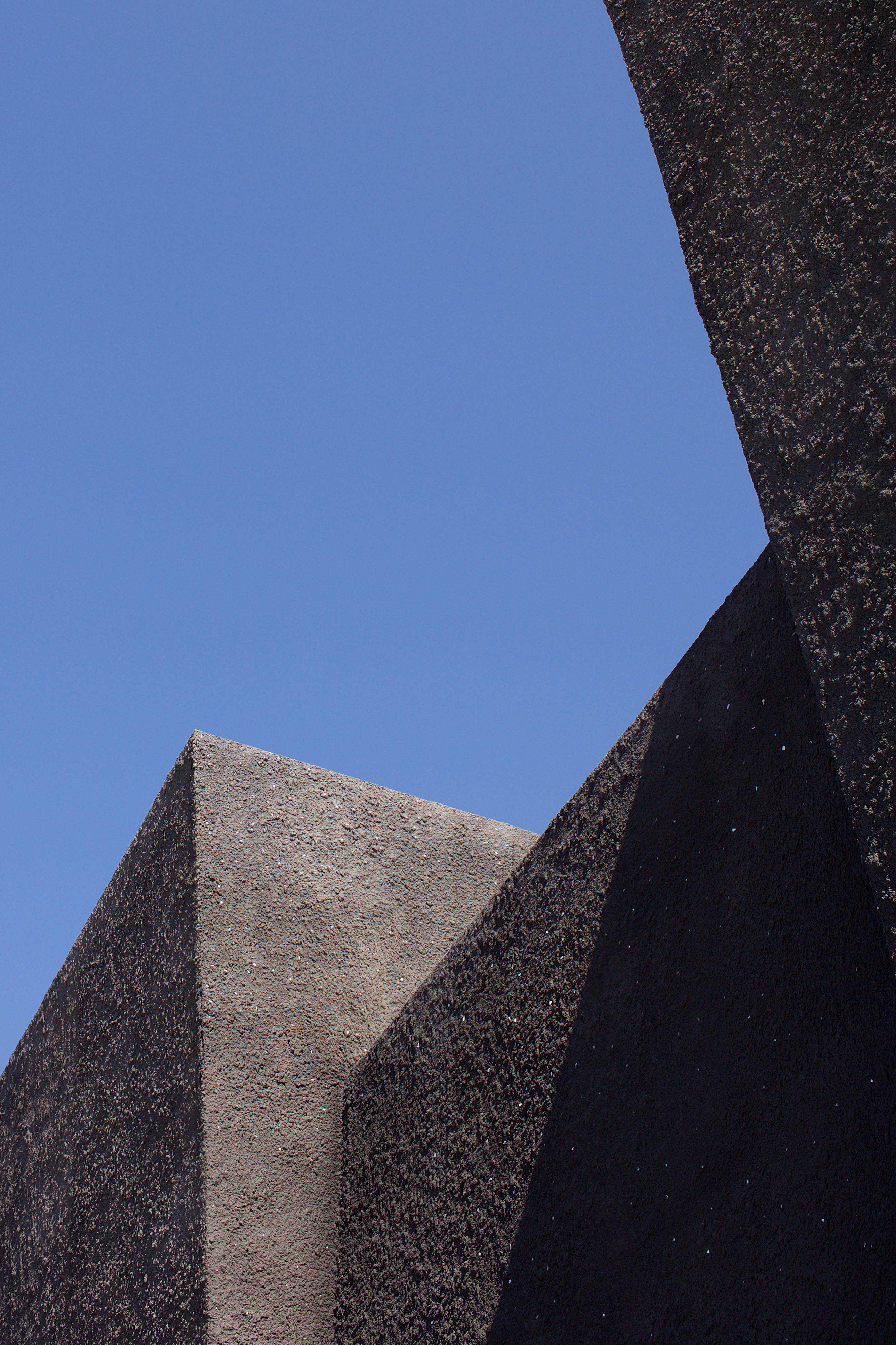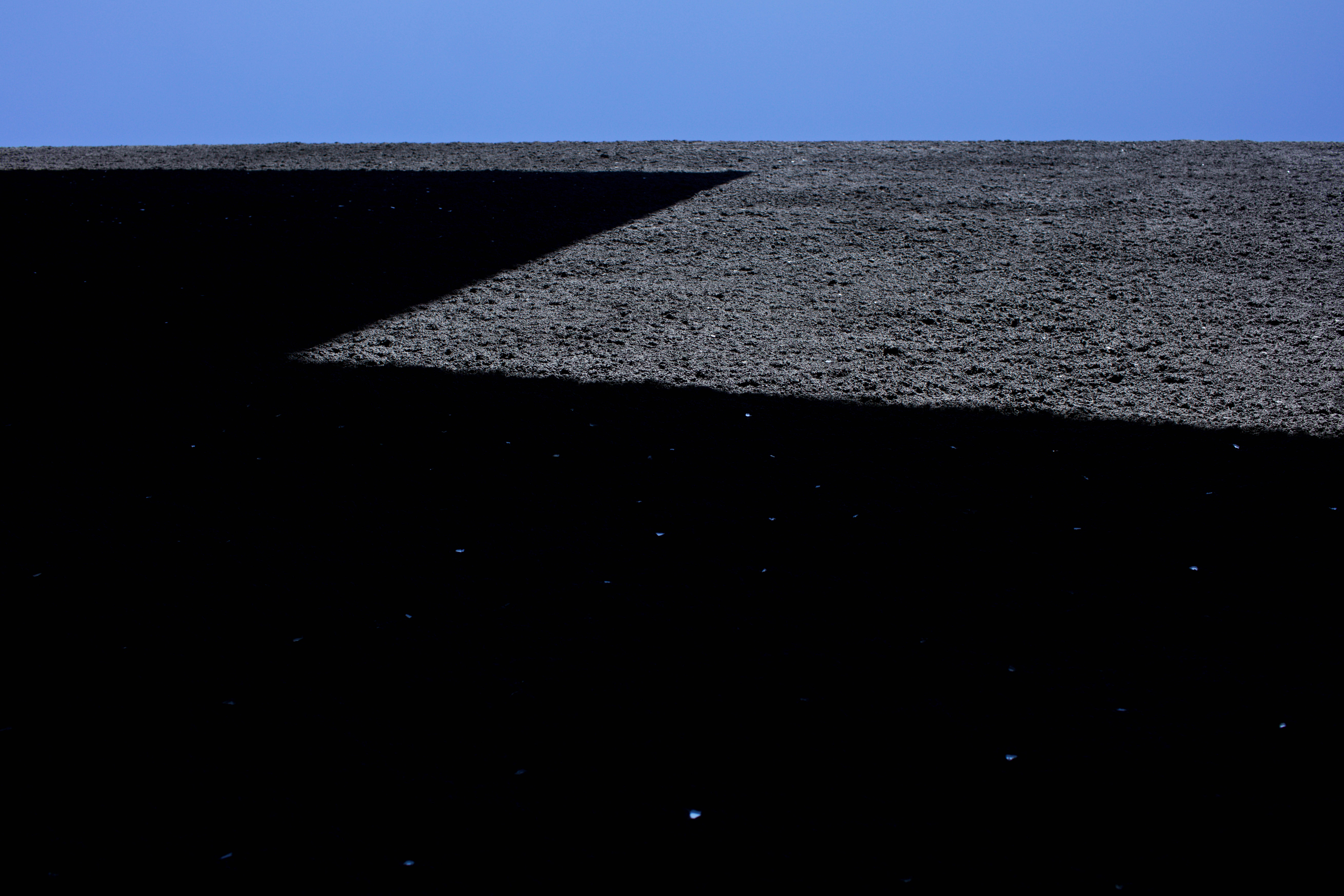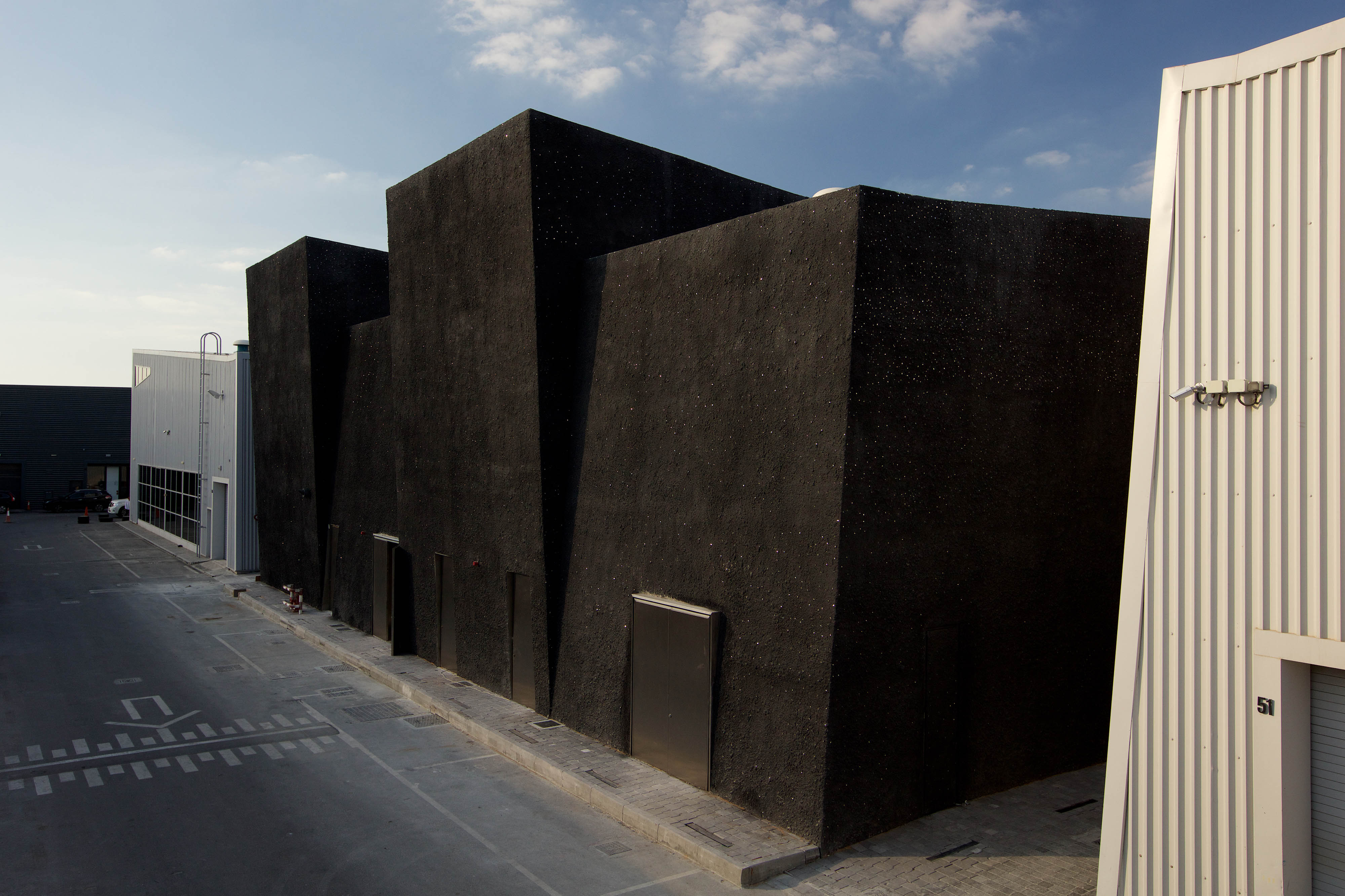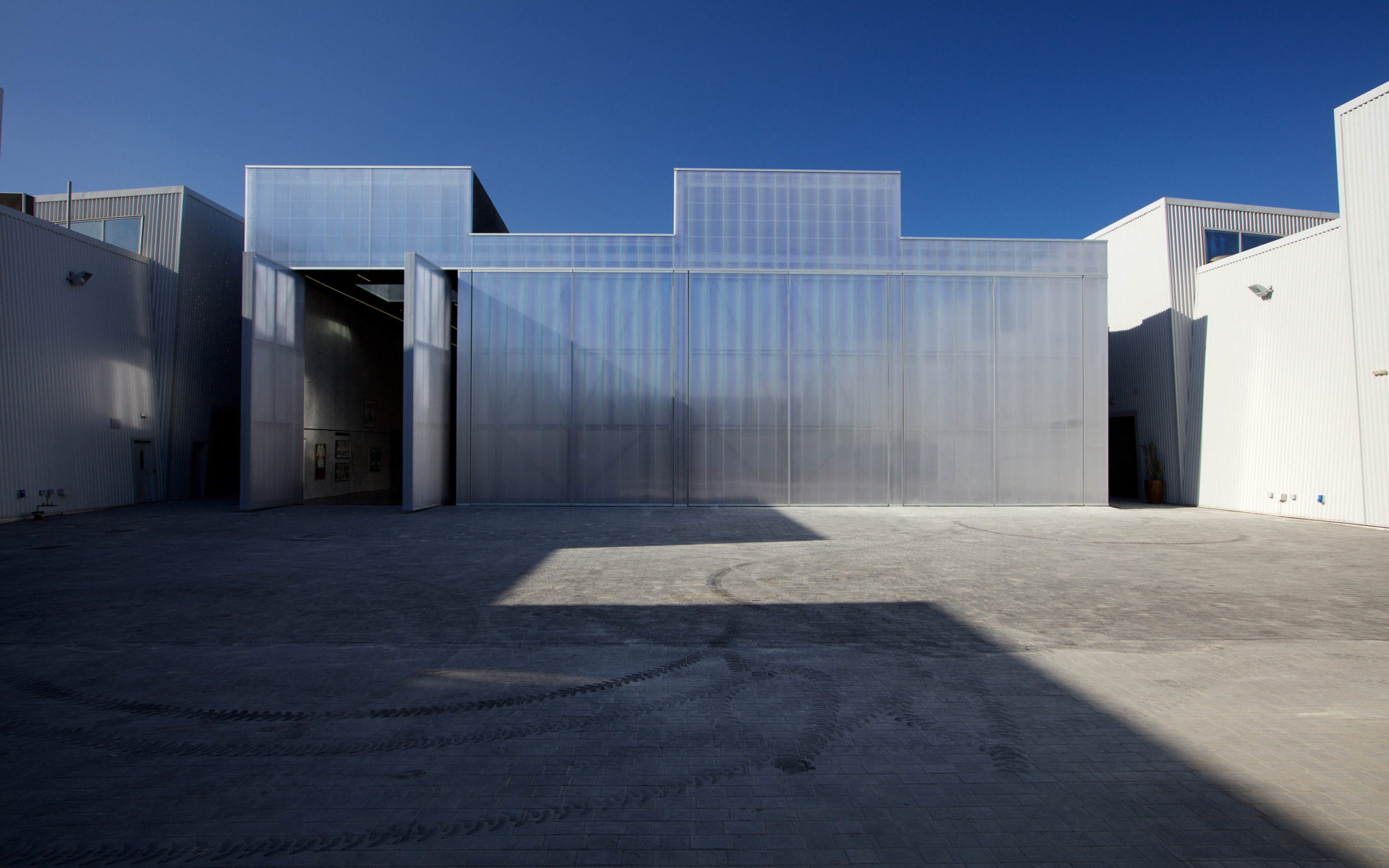

Dubai’s Alserkal Avenue Opens Incredible OMA-Designed Building
"Concrete" is the latest addition to Alserkal Avenue, one of the Middle East’s buzziest arts enclaves
A gated compound of warehouses isn’t exactly what springs to mind when one thinks of 21st-century Dubai. But in the city’s Al Quoz industrial district, a cluster of low, minimalist buildings known as Alserkal Avenue has become one of the Middle East’s buzziest arts enclaves. And its latest addition, opening March 10, during Dubai Art Week 2017, is a major 6,500-square-foot multipurpose venue called Concrete, designed by Rem Koolhaas’s Office for Metropolitan Architecture (OMA).
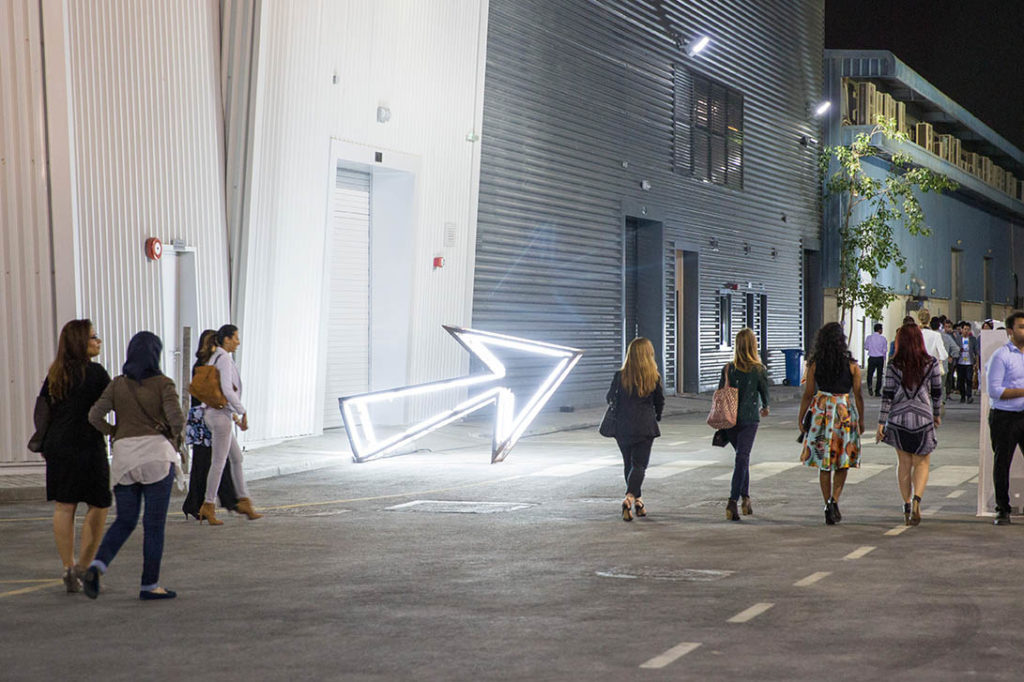
Launched in 2007 by Emirati entrepreneur Abdelmonem bin Eisa Alserkal, the Alserkal Avenue complex began with a handful of local commercial galleries: Ayam, Carbon 12, Grey Noise, and Lawrie Shabibi, to name a few. Over the past decade, the community has grown organically, with director Vilma Jurkute serving as a driving force. In November 2015, a $14 million expansion with the support of its founder doubled the size of Alserkal Avenue, which now houses more than 60 spaces for artists, design firms, foundations, private art collections, and other creative-sector tenants. The established New York dealer Leila Heller moved into an enormous 14,000-square-foot gallery (the largest in the UAE) and the Paris-based Jean-Paul Najar Foundation also set up shop.
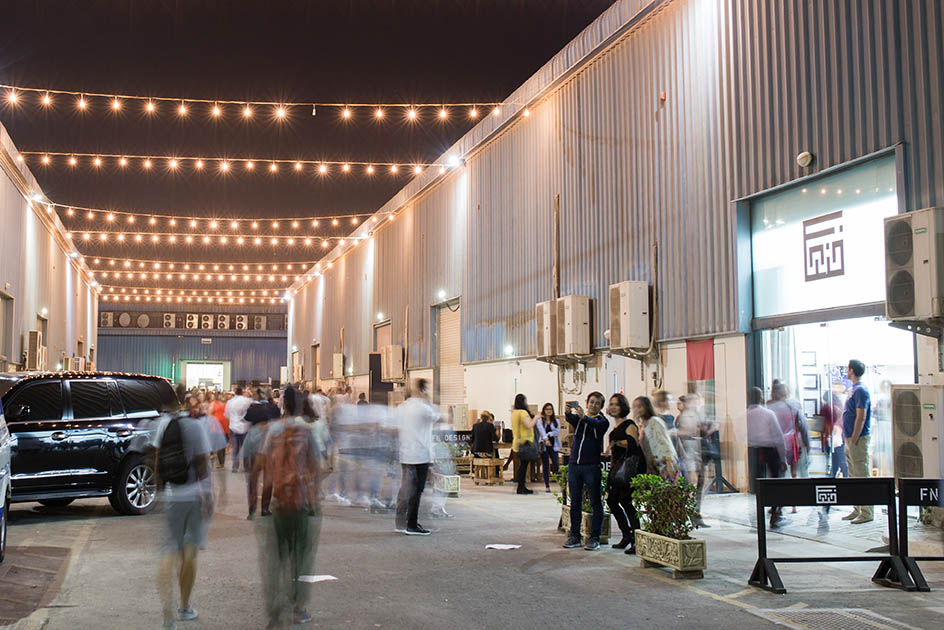
Jurkute tells Galerie that it’s this “grassroots culture” that produced Concrete, which was conceived to host exhibitions, performances, and conceptual events. Koolhaas and his team designed the building with movable walls that allow for endless interior configurations with spaces of varying scale and also have the ability to extend events into the outdoors.

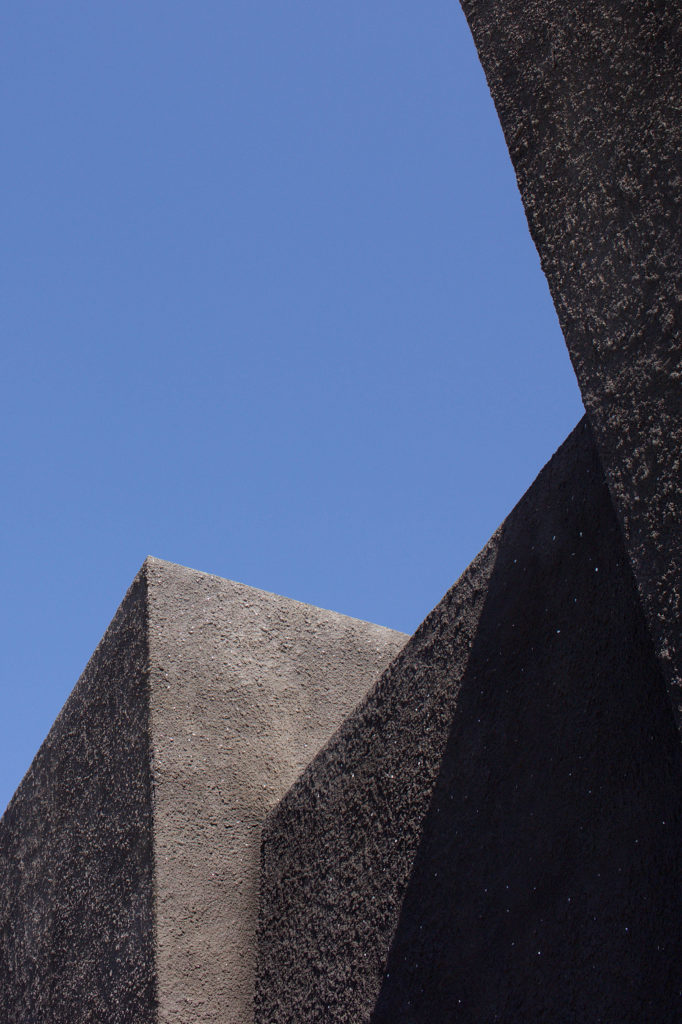
The Pritzker Prize winner is well known for his inventive repurposing of arts-related buildings around the world, from early projects like the Netherlands Dance Theater in the Hague to the Seoul National Museum of Art to the Garage Museum of Contemporary Arts in Moscow. “It was important for us to be able to bring OMA’s particular philosophy of architecture to the UAE by commissioning the country’s very first OMA- designed building,” Jurkute notes.
The inaugural show, “Syria: Into the Light,” is a group exhibition organized by the Atassi Foundation, featuring never-before-seen works of Syrian art from the early 20th century to the present. Shireen Atassi, director of the Atassi Foundation says, “With the current circumstances in Syria, our objective is to present Syria differently to how it is normally projected through the media… we believe that art and culture can overcome all differences.”
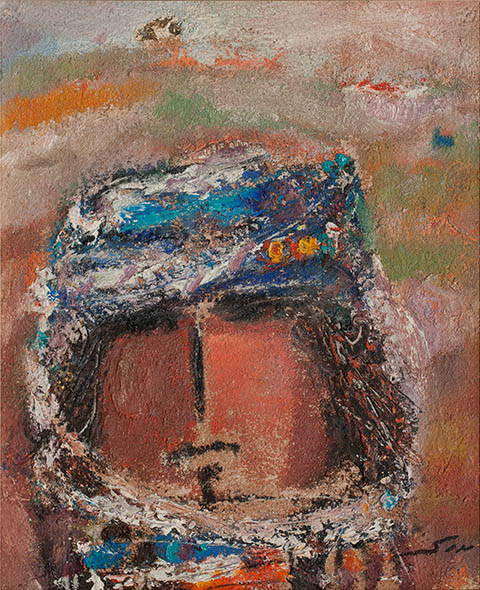
Jukurte adds, “Syrian art has not only played a very important role in the region’s art history and cultural development, it has also remained under-appreciated on the world stage.” The exhibition is on view through April 3.







